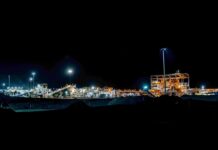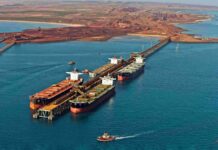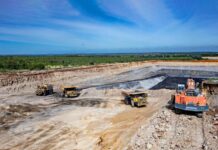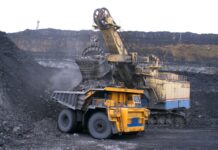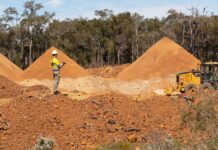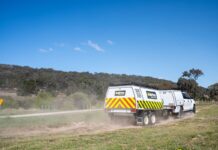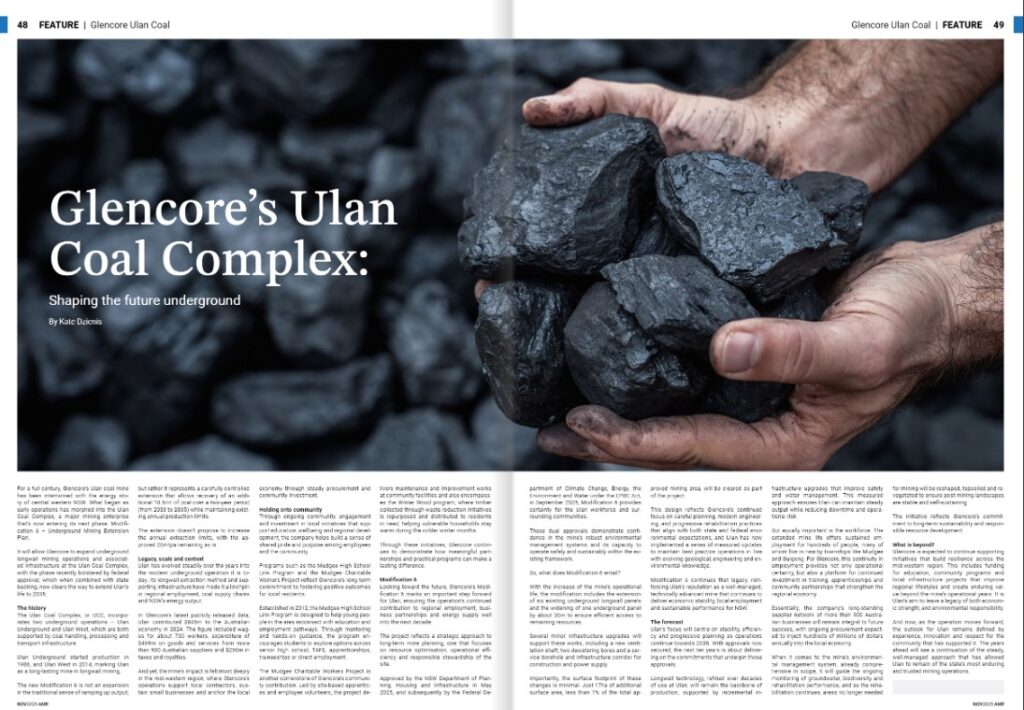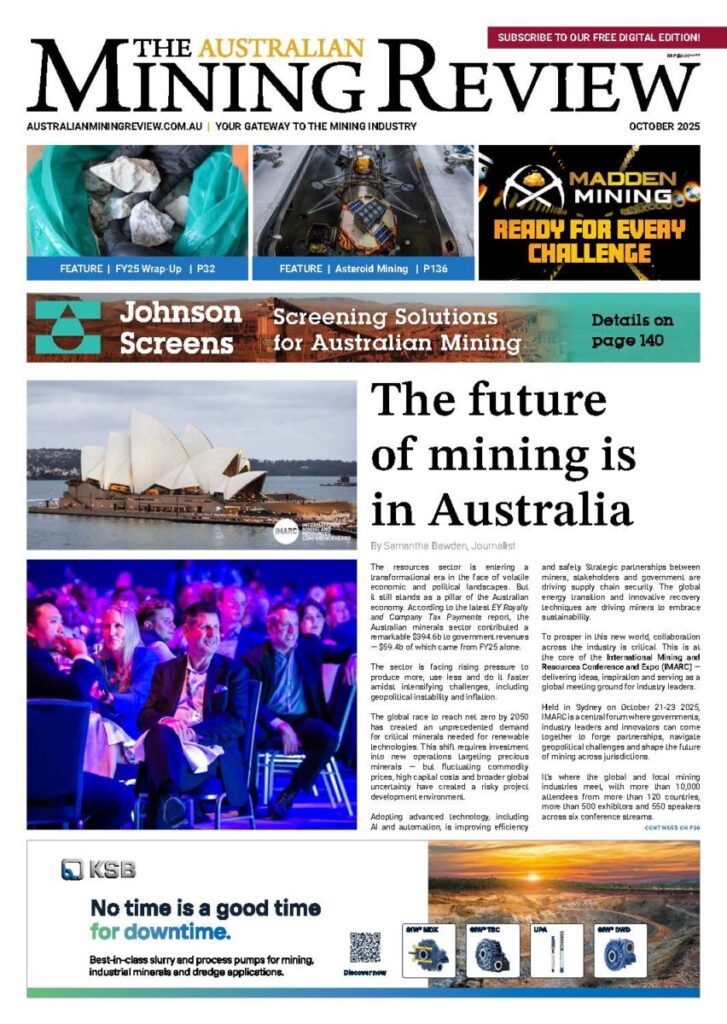Glencore’s Ulan Coal Complex: Shaping the future underground
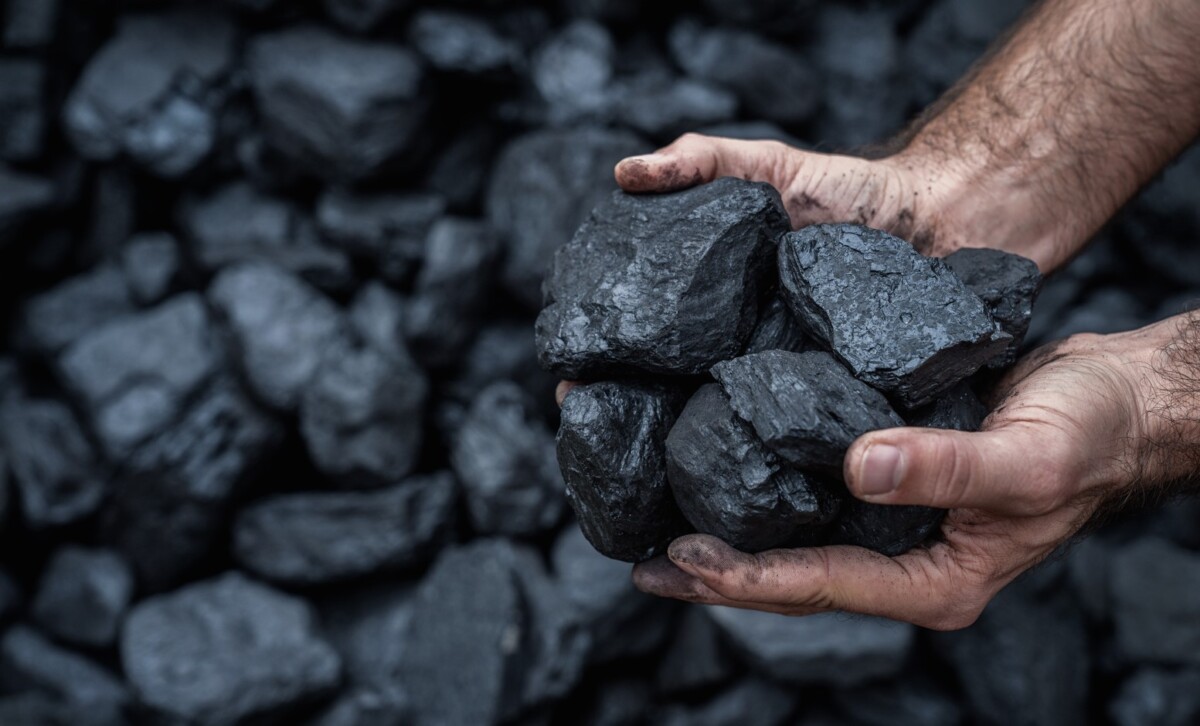
For a full century, Glencore’s Ulan coal mine has been intertwined with the energy story of central western New South Wales. What began as early operations has morphed into the Ulan Coal Complex, a major mining enterprise that’s now entering its next phase: Modification 6 – Underground Mining Extension Plan.
It will allow Glencore to expand underground longwall mining operations and associated infrastructure at the Ulan Coal Complex, with the phase recently bolstered by federal approval, which when combined with state backing, now clears the way to extend Ulan’s life to 2035.
The history
The Ulan Coal Complex, or UCC, incorporates two underground operations – Ulan Underground and Ulan West, which are both supported by coal handling, processing and transport infrastructure.
Ulan Underground started production in 1986, and Ulan West in 2014, marking Ulan as a long-lasting mine in longwall mining.
The new Modification 6 is not an expansion in the traditional sense of ramping up output, but rather it represents a carefully controlled extension that allows recovery of an additional 18.8mt of coal over a two-year period (from 2033 to 2035) while maintaining existing annual production limits.
The extension doesn’t propose to increase the annual extraction limits, with the approved 20mtpa remaining as is.
Legacy, scale & context
Ulan has evolved steadily over the years into the modern underground operation it is today. Its longwall extraction method and supporting infrastructure have made it a linchpin in regional employment, coal supply chains and NSW’s energy output.
In Glencore’s latest publicly released data, Ulan contributed $846m to the Australian economy in 2024. The figure included wages for about 730 workers, expenditure of $469m on goods and services from more than 900 Australian suppliers, and $260m in taxes and royalties.
And yet, the mine’s impact is felt most deeply in the mid-western region, where Glencore’s operations support local contractors, sustain small businesses and anchor the local economy through steady procurement and community investment.
Holding onto community
Through ongoing community engagement and investment in local initiatives that support education, wellbeing and regional development, the company helps build a sense of shared pride and purpose among employees and the community.
Programs such as the Mudgee High School Link Program and the Mudgee Charitable Workers Project reflect Glencore’s long-term commitment to fostering positive outcomes for local residents.
Established in 2012, the Mudgee High School Link Program is designed to help young people in the area reconnect with education and employment pathways. Through mentoring and hands-on guidance, the program encourages students to explore options across senior high school, TAFE, apprenticeships, traineeships or direct employment.
The Mudgee Charitable Workers Project is another cornerstone of Glencore’s community contribution. Led by site-based apprentices and employee volunteers, the project delivers maintenance and improvement works at community facilities and also encompasses the Winter Wood program, where timber collected through waste reduction initiatives is repurposed and distributed to residents in need, helping vulnerable households stay warm during the colder winter months.
Through these initiatives, Glencore continues to demonstrate how meaningful partnerships and practical programs can make a lasting difference.
Modification 6
Looking toward the future, Glencore’s Modification 6 marks an important step forward for Ulan, ensuring the operation’s continued contribution to regional employment, business partnerships and energy supply well into the next decade.
The project reflects a strategic approach to long-term mine planning, one that focuses on resource optimisation, operational efficiency and responsible stewardship of the site.
Approved by the NSW Department of Planning, Housing and Infrastructure in May 2025, and subsequently by the Federal Department of Climate Change, Energy, the Environment and Water under the EPBC Act, in September 2025, Modification 6 provides certainty for the Ulan workforce and surrounding communities.
These dual approvals demonstrate confidence in the mine’s robust environmental management systems and its capacity to operate safely and sustainably within the existing framework.
So, what does Modification 6 entail?
With the increase of the mine’s operational life, the modification includes the extension of six existing underground longwall panels and the widening of one underground panel by about 30m to ensure efficient access to remaining resources.
Several minor infrastructure upgrades will support these works, including a new ventilation shaft, two dewatering bores and a service borehole and infrastructure corridor for construction and power supply.
Importantly, the surface footprint of these changes is minimal. Just 17ha of additional surface area, less than one per cent of the total approved mining area, will be cleared as part of the project.
This design reflects Glencore’s continued focus on careful planning, modern engineering, and progressive rehabilitation practices that align with both state and federal environmental expectations, and Ulan has now implemented a series of measured updates to maintain best practice operations in line with evolving geological, engineering and environmental knowledge.
Modification 6 continues that legacy, reinforcing Ulan’s reputation as a well-managed, technically advanced mine that continues to deliver economic stability, local employment and sustainable performance for NSW.
The forecast
Ulan’s focus will centre on stability, efficiency and progressive planning as operations continue towards 2035. With approvals now secured, the next ten years is about delivering on the commitments that underpin those approvals.
Longwall technology, refined over decades of use at Ulan, will remain the backbone of production, supported by incremental infrastructure upgrades that improve safety and water management. This measured approach ensures Ulan can maintain steady output while reducing downtime and operational risk.
But equally important is the workforce. The extended mine life offers sustained employment for hundreds of people, many of whom live in nearby townships like Mudgee and Gulgong. For Glencore, this continuity in employment provides not only operational certainty, but also a platform for continued investment in training, apprenticeships and community partnerships that strengthen the regional economy.
Essentially, the company’s long-standing supplier network of more than 900 Australian businesses will remain integral to future success, with ongoing procurement expected to inject hundreds of millions of dollars annually into the local economy.
When it comes to the mine’s environmental management system, already comprehensive in scope, it will guide the ongoing monitoring of groundwater, biodiversity, and rehabilitation performance, and as the rehabilitation continues, areas no longer needed for mining will be reshaped, topsoiled and revegetated to ensure post-mining landscapes are stable and self-sustaining.
The initiative reflects Glencore’s commitment to long-term sustainability and responsible resource development.
What is beyond?
Glencore is expected to continue supporting initiatives that build resilience across the mid-western region. This includes funding for education, community programs and local infrastructure projects that improve regional lifestyles and create enduring value beyond the mine’s operational years. It is Ulan’s aim to leave a legacy of both economic strength, and environmental responsibility.
And now, as the operation moves forward, the outlook for Ulan remains defined by experience, innovation and respect for the community that has supported it. The years ahead will see a continuation of the steady, well-managed approach that has allowed Ulan to remain of the state’s most enduring and trusted mining operations.






